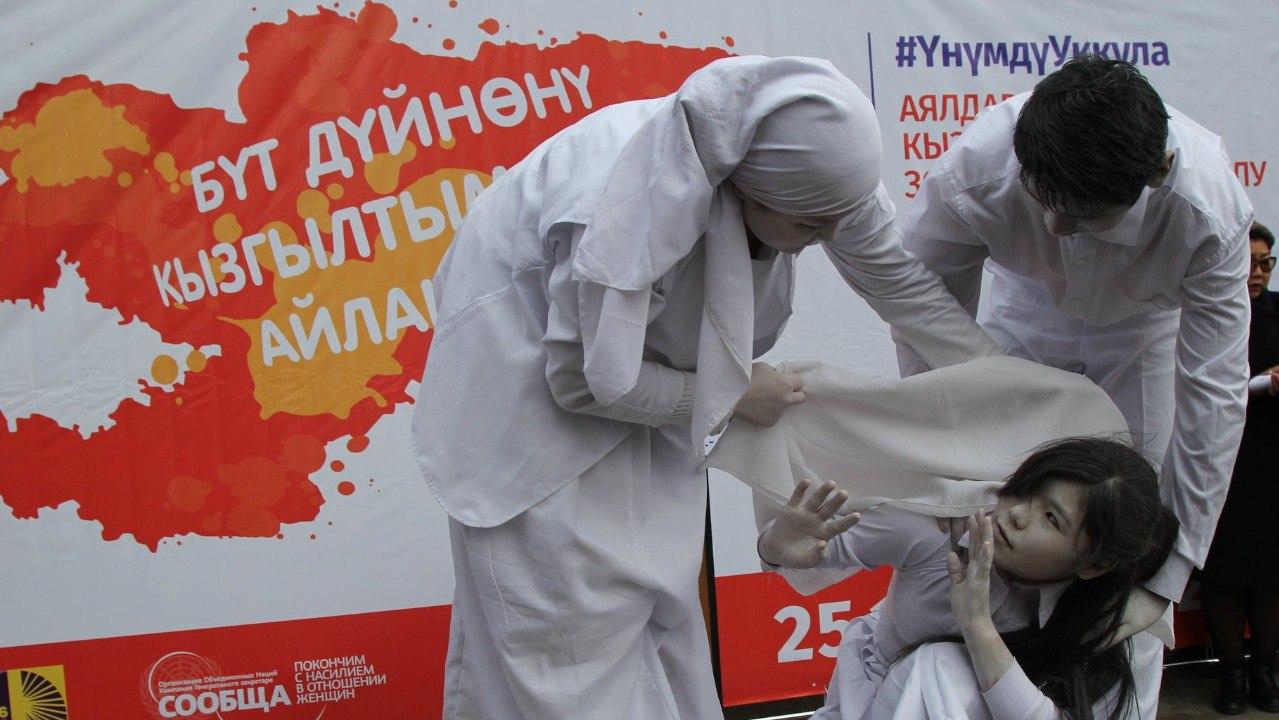
Child and forced marriages are a challenge for Asian and South Caucasus countries
About one out of every five marriages in Kyrgyzstan involve “bride kidnapping,” according to preliminary findings of a European Union study on gender equality in the Central Asian nation. The high prevalence of the outlawed practice in Kyrgyzstan is indicative of a broader problem across Eurasia – child and forced marriage. Bride kidnapping, or an act of abduction for the purpose of forced marriage, is particularly common in rural areas in Kyrgyzstan. Practitioners rarely face prosecution, mainly because a broad swath of Kyrgyz society views it as a cultural tradition, not a crime.
The practice is not limited to Kyrgyzstan, however. According to a recent report published by the rights organization Equality Now, instances of forced marriage occur, albeit on a smaller scale than in Kyrgyzstan, in other Central Asian states, as well as in the North Caucasus regions of Russia and the South Caucasus states of Armenia, Azerbaijan and Georgia. “In many countries, specific statistics on the frequency of abduction for forced marriage are unavailable, and there is little detailed information on criminal proceedings related to this practice,” the report notes.
More broadly, child marriage, or unions that often involve coercion concerning a girl under the age of 18, “remains a persistent challenge across Eurasia,” the report states, especially in areas with high poverty rates. Georgia reported the highest rate of child marriage, with 14 percent of women now aged 20-24 reporting that they had married before turning 18. Kyrgyzstan registered a 13 percent rate, followed by Azerbaijan with an 11 percent rate and Tajikistan with 9 percent. The other three states covered in the report were Russia (a 6 percent rate), Armenia (5 percent) and Uzbekistan (3.4 percent). The data likely undercounts the number of child marriages because official statistics tend to record only civil marriages, not religious ceremonies, according to the report. In the South Caucasus, instances of child marriage tend to be more highly concentrated in specific regions or among particular ethnic communities. For example, within the Yazidi community of Armenia “it is common for girls to marry between the ages of 13-14 and for boys between the ages of 17-20,” the report notes. In Georgia, the highest rates of child marriage are found in communities of the Kvemo Kartli region. The data shows that child marriage has experienced significant declines in recent decades in Georgia and Uzbekistan. All the countries covered in the Equality Now survey have statutes setting the minimum age for marriage at 18. But the rules feature lots of loopholes. Likewise, bride kidnapping and other forms of forced marriage are crimes in all the states, but “weak and ineffective enforcement of legislation, particularly in rural and remote areas, is a major challenge across the seven countries,” the report asserts, citing a “lack of political will,” along with “cultural, religious and societal attitudes,” as major obstacles. Economic factors act as a major driver of child marriage in Eurasia, the report states. “Poverty, bride price, and dowry practices can incentivize child marriage, as families may see it as a means of financial relief or security,” it notes. “Effective solutions should provide economic support and incentives to girls and their families to address these economic drivers.”


